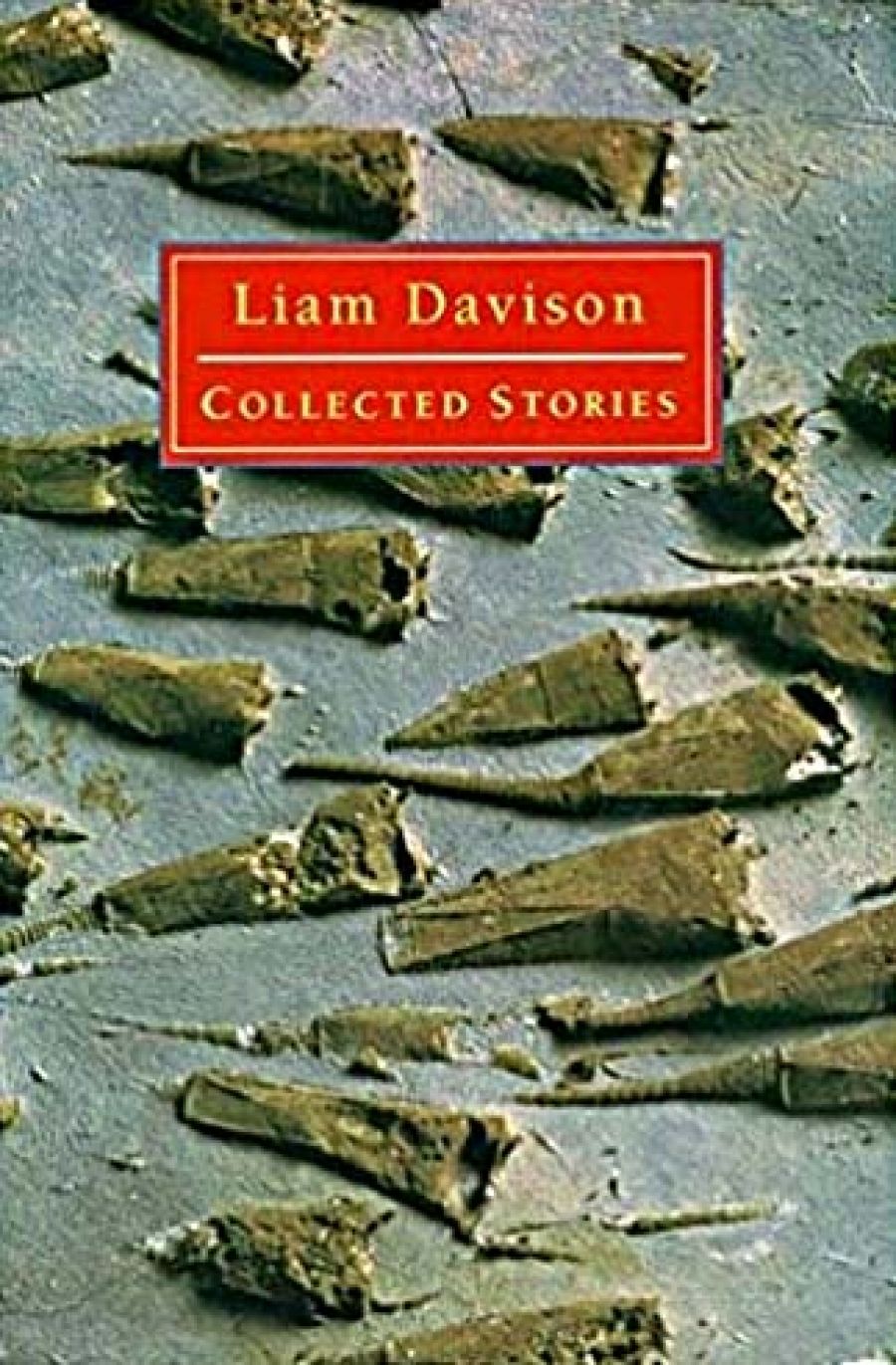
- Free Article: No
- Contents Category: Short Stories
- Review Article: Yes
- Article Title: Haunting and Poetic Music
- Online Only: No
- Custom Highlight Text:
One of my all-time favourite short stories, ‘The Shipwreck Party’, opens this volume of Collected Stories. Any book of short pieces invites readers to enter wherever they like. I decided to start at the last piece and work backwards so that I could end up with my old favourite. The pace, structure, rhythm, images, restraint, wit, irony, and tone of this short narrative always work their magic on me, and I wait for the last thirty lines in joyful and horrified expectation. Having read the book backwards, I write this review in a mood of sheer pleasure.
- Book 1 Title: Collected Stories
- Book 1 Biblio: University of Queensland Press, $22.95 pb, 217 pp
The book consists of twenty-one short stories and six essays. It is divided into three parts: ‘The Shipwreck Party’, ‘Land Sounds’, and ‘The Landscape of Fiction’. The jacket offers a remarkable image that resonates most beautifully with the writer’s deep preoccupations. It is a photograph of ‘stalked sea lilies preserved in limestone for 550 million years’. The sea, ancient objects lost in the sea, preserved in the sea, retrieved from the sea, forgotten, remembered – these are some of the key images that haunt the writing, that inform the music of Liam Davison’s poetic imagination.
I feel that the boy-narrator in ‘The Mahogany Ship’ is part of the essence of this writer. He is the boy who hoards and nurtures the tiny piece of wood that proves to the boy the existence of the Portuguese shipwrecked off the coast of Victoria in 1534. I mean this not in an autobiographical sense, but in a complex emotional, spiritual, and imaginative way. The sensibility of the passionate, vulnerable custodian of profound, elusive, and treasured secrets informs the prose. I cannot but be reminded often of the writer’s novels, in particular The White Woman, where the central image, the guiding issue, is the historic search for a white woman who may or may not have been captured by Aborigines in the early part of the nineteenth century in rural Victoria. In the essay ‘Landscape Figures/Figurative Landscape’, the writer discusses his fascination with the White Woman.
Davison also has a great interest in bicycles and bicycle races. The final essay documents his frustration when he was in Italy and was attempting to see the Giro d’Italia in the flesh, or even on television. This is the frantic traveller trying to make the country work his way, and failing even to get the phones to function. There is too much going on in his life, and all he really wants is to see the big bike race. It is balm for the reader to return to the early fiction ‘The Inconspicuous Bike’ where the narrator searches through photographs for the image of his father’s uncle who ‘loved bikes’. He seeks the man, somewhat as the search parties seek the White Woman, in a picture of two windmills:
I think perhaps he’s there in the middle of the photograph riding from one windmill to the next, only I can’t see him against the background of low saltbush and sky. Sometimes, in the triangulations of the windmill stands, I think I can see the frame of the bike, but then it’s gone and all I’m left with is a photograph of windmills.
The ever-hopeful narrator says he will keep returning to the photograph in the hope that one day he will see his father’s uncle there. This is classic Davison, forever expecting the image of the lost person to materialise, always conjuring in the imagination of the reader a living impossibility. I think it’s brilliant.
‘The Flight Charts of Amelia’ is one of the most touching pieces. It is frankly autobiographical, mingling the writer’s love for his young daughter with the mysterious disappearance of Amelia Earhart. It continues his preoccupation with not only lost people and things, but with photography and the meaning of photography. There is a sense in all the writing that the sky, the sea, the land are so huge and mysterious and yet the marks human beings make on them are indelible, ultimately recoverable – by desire, by diligence, by dedication. This is melancholy yet uplifting writing, etched with vivid images which light it up with a terrible clarity, bringing to mind the technique of an early photographer.


Comments powered by CComment